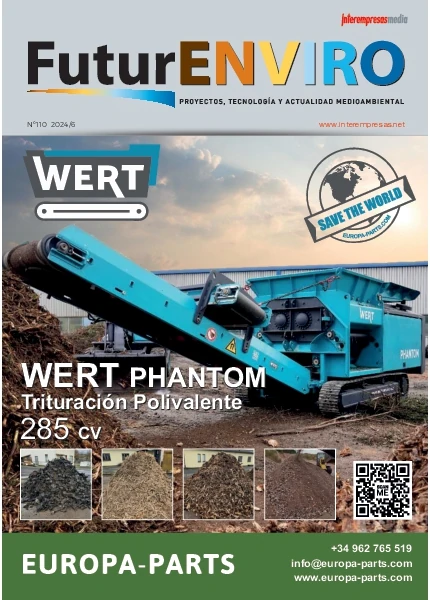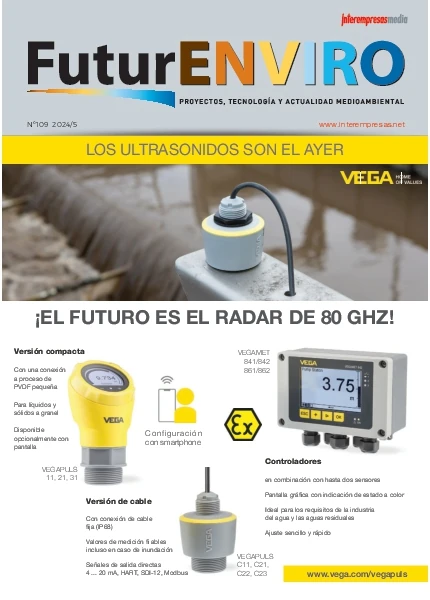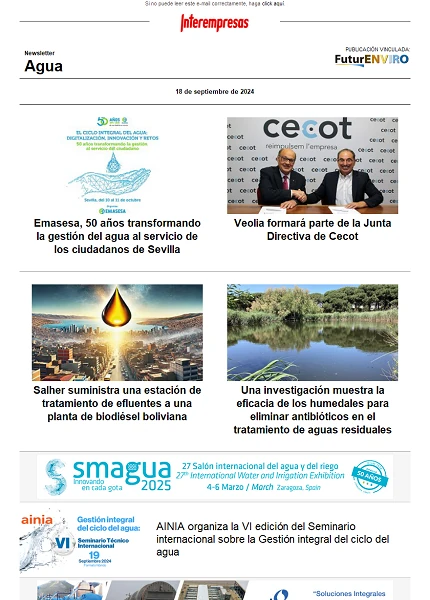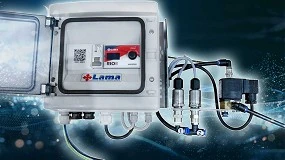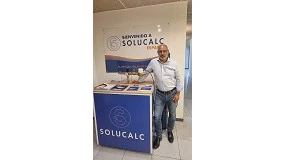Estrategias energéticas y climáticas a largo plazo para España: un análisis con un modelo tecnoeconómico
7 de mayo de 2009
Ejemplos de los compromisos internacionales adquiridos por España serían los asumidos en la ratificación del Protocolo de Kyoto (+15% GEI), la propuesta de reducción del 20-30% de GEI de la Comisión Europea en su política energética para Europa, así como los diversos objetivos sectoriales planteados (eficiencia energética, participación de renovables en la canasta energética o el uso de biocombustibles en el transporte). Este trabajo explora varias estrategias energéticas y climáticas para España en un horizonte a medio y largo plazo (hasta 2050) considerando, entre otros: el Protocolo de Kyoto, los objetivos asumidos por la Unión Europea (GEI y energía renovable), los aspectos relacionados con la seguridad energética (España importa casi la totalidad del gas y del crudo consumido), el desarrollo de las energías renovables y su posible papel en las estrategias climáticas y energéticas futuras, el futuro incierto de la energía nuclear, así como la posibilidad de comprar permisos de emisión en los mercados internacionales. El análisis cuantitativo se basa en el uso del modelo tecnoeconómico Times-Spain que optimiza el sistema energético durante el periodo 2000-2050 de forma que se minimice el coste neto del sistema y se satisfagan las demandas, especificadas exógenamente, de los diversos servicios energéticos (por ejemplo la producción de hierro y acero, los kilómetros recorridos por pasajero, las necesidades de calefacción del sector residencial, etc.), así como diversas restricciones de tipo medioambiental o político. El modelo Times contiene varios miles de tecnologías en todos los sectores del sistema energético que representan en detalle la extracción, el comercio, la transformación y el uso final de la energía. Los resultados obtenidos pueden ser de gran utilidad en la toma de decisiones sobre las futuras políticas y medidas energéticas y climáticas a adoptar por España.
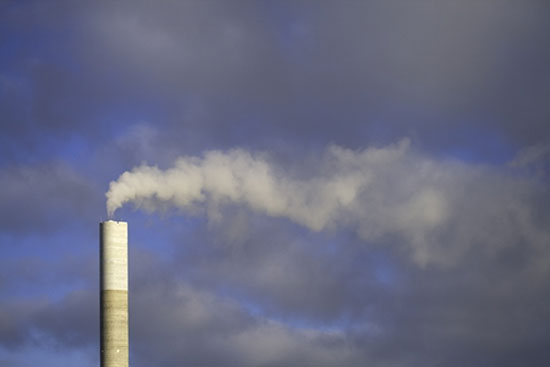
Metodología: El modelo Times
La seguridad en el suministro energético, que a la vez tenga un mínimo impacto negativo en el medioambiente y sea totalmente factible, es una preocupación común de todos los países ya que de ello depende el bienestar de su población y la evolución de su economía. Todo país o región necesita de una planificación energética a largo plazo donde se tengan en consideración los nuevos avances en tecnologías convencionales y renovables ya existentes, las tecnologías de nueva aparición y las predicciones sobre tecnologías futuras. Además, para crear escenarios a largo plazo se necesita conocer o vislumbrar las necesidades futuras de consumo en base al desarrollo económico y demográfico de la región. Estos escenarios, con un horizonte temporal de 30, 50 o más años, solo pueden reproducirse por medio de avanzados modelos energéticos que incorporen todas estas variables.
Los modelos energéticos se utilizan habitualmente por parte de los gobiernos y las agencias internacionales como herramienta de apoyo al proceso de toma de decisiones. Para los responsables políticos en el campo de la energía, la solución ideal requiere una combinación de medidas: reducir la demanda de servicios energéticos, aumentar la eficiencia de éstos y reducir las emisiones de contaminantes por unidad de energía utilizada. Los modelos energéticos se usan para asistir a este proceso de toma de decisiones, de modo que deben presentar las tecnologías energéticas actuales y futuras con sus datos asociados de costes y funcionamiento.
Los modelos energéticos son representaciones matemáticas de la forma en que la energía se obtiene, se transporta y finalmente se utiliza. Son, en primer término, herramientas económicas que requieren además información especializada sobre tecnologías y otras disciplinas.
Times (Markal-Efom System) es una evolución del generador (“source code”) de modelos Markal desarrollado dentro del programa Etsap (Energy Technology System Analysis Programme) de la Agencia Internacional de la Energía. Se trata de un generador de modelos dinámicos de optimización que permiten representar escenarios futuros de sistemas energéticos complejos tanto a escala nacional como regional, local o sectorial. Un modelo generado por Times ofrece la solución de menor coste bajo determinadas restricciones. Utiliza escenarios para explorar posibles desarrollos futuros de un sistema energético. Estos escenarios constan de una completa serie de datos de entrada que reflejan los supuestos realizados por el modelista como la proyección de la evolución de la demanda energética inducida por el cambio en la población y el producto interior bruto (PIB) o la disponibilidad de nuevas tecnologías en determinado momento. Las bases de datos de los modelos Times contienen miles de tecnologías en todos los sectores del sistema energético que representan en detalle la extracción, el comercio, la transformación y el uso final de la energía.
Como en la mayoría de los modelos de sistema energéticos, los vectores energéticos interconectan en Times la conversión y el consumo de energía. Estos incluyen todos los vectores energéticos relacionados con las fuentes primarias (minería, extracción del petróleo, cultivo de la biomasa, etc.), la conversión y procesado (centrales eléctricas, refinerías, etc.) y el uso final de servicios energéticos (calderas, automóviles, etc.). La demanda de servicios energéticos se puede desagregar para cada sector (residencial, industrial, transporte y comercial) y por funciones específicas dentro de un sector (aire acondicionado, calefacción, iluminación, agua caliente, etc.). La rutina de optimización
usada en la solución del modelo selecciona cada una de las fuentes, vectores de energía y tecnologías de transformación para producir la solución de menor coste sujeta a una serie de restricciones puestas por el modelista (por ejemplo: emisiones de CO2).
El modelo Times-Spain
Utilizando el generador de modelos Times, se ha desarrollado el modelo tecno-económico Times-Spain que optimiza el sistema energético español durante el periodo 2000-2030 o 2000-2050 de forma que se minimice el coste neto del sistema y se satisfagan las demandas, especificadas exógenamente, de los diversos servicios energéticos de todos los sectores así como diversas restricciones de tipo medioambiental o político. Este modelo se ha desarrollado en el marco del proyecto europeo Needs y mejorado en diversos aspectos relacionados con las tecnologías renovables en el marco del proyecto europeo Res2020. El modelo Times-Spain forma parte de un modelo Pan Europeo (Pem) desarrollado dentro del proyecto Needs que integra los modelos nacionales de los 27 países de la UE más Noruega, Suiza e Islandia.
El modelo español consta de una única región interna con información para los cinco sectores de la energía (industrial, residencial, comercial, transporte y eléctrico). La proyección de la demanda se calcula en base a unos factores de crecimiento como la población, el producto interior bruto o las unidades familiares que se obtendrán externamente a través de otros modelos o fuentes. Las tasas de crecimiento del PIB se obtienen mediante un modelo general de equilibrio, el Gem-E3 (General Equilibrium Model for studying Economy-Energy-Environment interactions), que estudia las interacciones entre economía, sistema energético y medio ambiente en los países europeos incluidos en el modelo Pan Europeo. El uso de Gem-E3 asegura la consistencia global en el desarrollo macroeconómico considerado para los distintos países integrantes del modelo Pem.
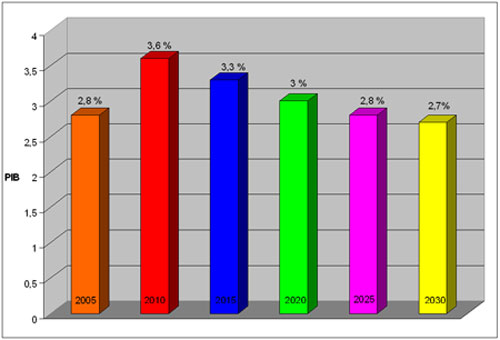
Para las proyecciones de población y unidades familiares se utilizan fuentes externas, Eurostat en este caso. Estas proyecciones se han comparado con las cifras de proyecciones de población a corto plazo del Ine para verificar su adecuación a la realidad española y las cifras utilizadas son similares. La Tabla 2 muestra las tasas de crecimiento de la población consideradas.

El suministro en el sector de producción de energía estará dividido en producción primaria, que provee los combustibles sin transformar, la biomasa y el combustible nuclear; la transformación secundaria, que convierte las formas de energía primaria en combustibles para los sectores de uso final y para la generación de calor y electricidad; y el uso final. El modelo también hace un seguimiento de las emisiones de CO2, CH4 y N2O a lo largo de todo el sistema. Times-Spain utiliza como parámetros económicos el PIB y todos los costes de inversión y costes variables y fijos de todas las tecnologías contempladas en el modelo.
Por último, el modelo se ha calibrado para el año 2000 utilizando datos de balance energético para España de la base de datos Eurostat.
Los escenarios analizados
Los escenarios analizados han sido los siguientes:
· Escenario BaU (Business as Usual): con subvenciones y primas a las energías renovables tal y como existen en la actualidad. En esta versión de los resultados se han incluido las tarifas reguladas del RD 661/2007 de mayo de 2007. Una nueva versión con las nuevas tarifas reguladas de septiembre 2008 se está desarrollando.
· Escenario Ref: escenario sin subvenciones ni primas.
· Escenario Res-2020: incorpora al escenario Ref los objetivos de la Directiva de Energías Renovables y sus correspondientes objetivos para las emisiones de CO2, distintos para los sectores que participan en el mercado de emisiones (ETS) de los que no lo hacen (no-ETS) según se muestra en la Tabla 4.


· Escenario Res-2020T: igual que el anterior pero introduciendo además la posibilidad de un comercio interior de certificados verdes. En este escenario, por cada unidad generada y por cada unidad consumida de electricidad renovable en el sector de energía final, se coloca un certificado verde que puede ser utilizado para conseguir el objetivo de la Directiva o para comerciar con otros países.
La comparación entre los escenarios RES-2020 y BaU dará una indicación de cómo los incentivos nacionales aplicados en los distintos países pueden ayudar o no al cumplimiento de la Directiva.
Resultados preliminares del estudio
En general, el consumo bruto de energía más alto corresponde al escenario de referencia, REF, que es aquel que no tiene en cuenta ninguna política o medida de apoyo a las energías renovables. Es en éste escenario en el que también se da una menor penetración de las energías renovables en el sistema frente a un aumento en el uso del gas en periodos futuros. Queda reflejado de este modo el papel de estas medidas, como son las primas a la producción con energías renovables, en la promoción de éstas tecnologías haciendo que experimenten un desarrollo mayor cuando son aplicadas como es el caso del escenario BaU que se corresponde con la situación actual.
No existen diferencias notables en el consumo de un sector entre los distintos escenarios. El consumo total en 2030 es menor en los escenarios RES. Esta reducción se debe en gran parte al sector industrial. En cuanto al sector transporte, se observa la penetración de los biocarburantes en los escenarios Res a partir de 2010 con la consiguiente reducción de consumo en los combustibles fósiles a los cuales sustituyen. En 2010, el consumo de biocarburantes en estos escenarios supone un 5,75% del total, en 2020 un 10% (los objetivos de la Directiva) y en 2030 un 10%.
Solo los escenarios que incluyen los objetivos para las energías renovables de la Directiva alcanzan dichos objetivos. Tanto el escenario BaU con las primas y ayudas actuales como el escenario Ref que no contempla nada de lo anterior, quedarían por debajo de los objetivos marcados. Se observa que cuando se ponen objetivos para las renovables, el modelo opta por introducir la energía eólica en mayor medida que el resto de las tecnologías renovables y en la misma cantidad que en el caso de la aplicación de primas y ayudas. Sin embargo, solo en el caso de las primas, la energía solar experimenta un gran avance en la composición del sistema energético lo que no ocurre cuando se fijan los objetivos.
Con los escenarios BaU y Ref no se alcanzaría el objetivo del 20% de renovables en el sistema energético en 2020.
En cuanto a las importaciones de combustibles fósiles, a partir de 2020 se observa una reducción debida a la penetración de las energías renovables en el sistema. Entre 2020 y 2025, esta reducción alcanza a ser de un 17% según los resultados del escenario Res frente a los resultados del escenario de referencia en el que no se incluyen medidas de fomento a las renovables. Respecto a los biocarburantes, para satisfacer la demanda futura el modelo importa biocarburantes pero de países dentro de la Unión Europea en los que la seguridad del suministro está garantizada.
Con todo ello se pude concluir que entre los resultados más importantes se ha observado que los mayores impactos del establecimiento de unos objetivos para las energías renovables recaen sobre el sector eléctrico. En concreto, las tecnologías solar y eólica penetran en el mercado de manera considerable frente a la escasa participación que tienen en el escenario de referencia en el que no se consideran ayudas ni primas.
En relación con el impacto de las ayudas actuales, se observa que sobre todo benefician a las plantas solares que sin las primas ni incentivos tienen una penetración mucho menor incluso que cuando se incluye el objetivo de la Directiva para 2020. La participación de los biocarburantes nunca excede el nivel impuesto por la Directiva.
Por último, en términos de seguridad energética, el establecimiento de unos objetivos de participación de las energías renovables resulta en una reducción en las importaciones de combustibles fósiles y un aumento en las importaciones de los biocarburantes que no obstante, dado que se importan de países de la UE, no contribuyen negativamente a la seguridad en el suministro sino al contrario.


